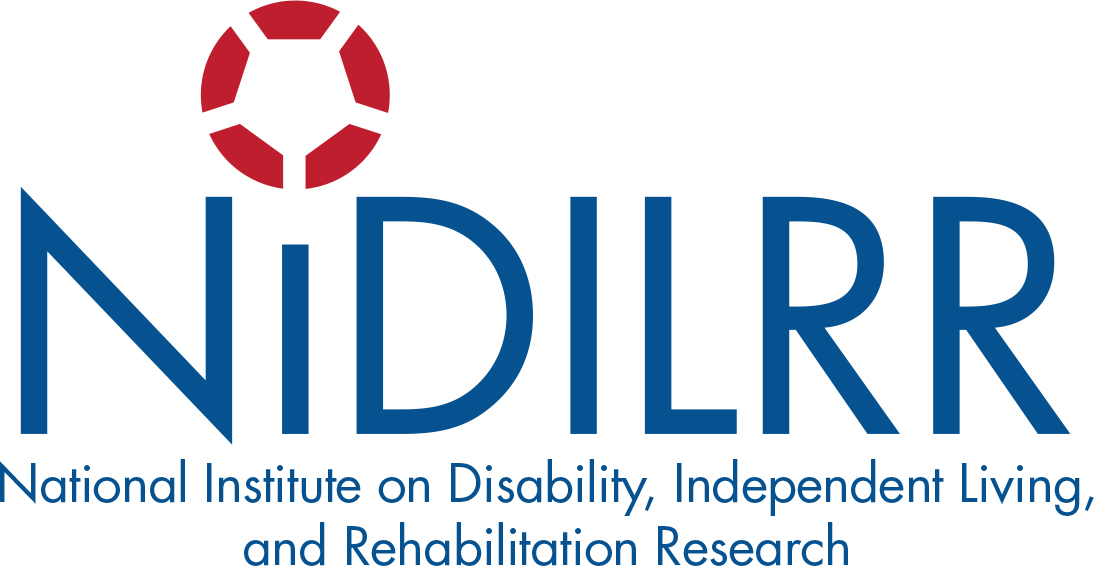Print-Friendly PDF | Large-Print PDF
Introduction
The Americans with Disabilities Act (ADA) and Section 504 of the Rehabilitation Act require that health care providers provide individuals with disabilities full and equal access to their health care services and facilities. Title II of the ADA applies to public hospitals, clinics and health care services operated by state and local governments and Title III of the ADA applies to privately-owned and operated hospitals, clinics and health care providers. Section 504 of the Rehabilitation Act applies to recipients of federal financial assistance such as Medicaid and federally conducted programs.
Who Is Affected by Inaccessible Medical Facilities and Services?
- 19,907,000 Mobility Disabilities
- 10,556,000 Hearing Disabilities
- 6,636,000 Vision Disabilities
Is your Facility Accessible to All Patients?
Here Are Some Accessibility Features for Consideration
• Accessible parking spaces, curb ramps or loading zones at building entrance.
• Accessible, stairs-free route from parking and loading zones up to building entrance.
• Doorways wide enough to ensure safe and accessible passage by individuals using mobility aids.
• Accessible routes of travel into and throughout buildings.
• Restrooms that have adequate maneuvering space for wheelchairs around toilets, grab bars mounted next to and behind toilets, and accessible lavatories.
• Drinking fountains, public telephones, and service counters low enough to be usable for an individual who uses a wheelchair or scooter or is of short stature.
• No objects protruding into routes of travel that would pose a hazard for someone who is blind or had limited vision.
• Signage with Braille and raised tactile text characters at office, elevator and restroom doors.
What Types of Accessibility Barriers Do Patients with Disabilities Encounter in Examination Rooms and Medical Equipment?
Do your examination rooms provide clear floor space for a person to turn in their wheelchair or scooter?
Can people using mobility aids transfer safely and easily to and from your exam tables and chairs?
Can your mammography equipment be used with patients who may be seated in a wheelchair?
Are your patient scales capable of weighing a person using a wheelchair?
Are stretchers or other equipment available for assisted transfer of patients with mobility disabilities onto the surface of your radiology equipment?
Are you able to effectively communicate with your patients who have hearing, vision, speech or cognitive disabilities?
Hearing
• Face the patient when speaking.
• Use written notes for uncomplicated, short, routine communication.
• Qualified sign language interpreters may be required for more complex situations.
Vision
• Provide print information in large print, Braille, as an audio recording or in electronic format for use with a screen reader.
• With the patient’s permission, provide a qualified reader.
• Ensure that your web site is accessible – usable by all patients including those who are blind and may use computer screen reading technology.
Speech
• If you are having difficulty understanding the patient’s speech, be patient, listen attentively and ask the patient to repeat or write the message.
• Allow more time to communicate with someone who uses a communication board or device.
Cognitive
• With the patient’s permission, provide a reader.
• If patient is having difficulty with communication, be patient, repeat your message and question patient to verify their understanding.
• Use diagrams and pictures to improve communication.
References
Access to Medical Care for Individuals with Mobility Disabilities. U.S. Department of Justice. http://www.ada.gov/medcare_mobility_ta/medcare_ta.htm
Effective Communication. U.S. Department of Justice. http://www.ada.gov/effective-comm.htm
Equal Rights Center. (2011). Ill-Prepared Health Care’s Barriers for People with Disabilities.
Lagu, T.,Hannon, N. S., Rothberg, M. B., & Wells, A. S., (2013). Access to Subspecialty Care for Patients with Mobility Impairment: A Survey. Ann Intern Med. 2013;158(6):441-446.
 The Northwest ADA Center is a member of the ADA National Network. This fact sheet was developed under grant from the Administration for Community Living (ACL), NIDILRR grant #90DP0016-02-00. However, the contents do not necessarily represent the policy of the ACL, and you should not assume endorsement by the federal government.
The Northwest ADA Center is a member of the ADA National Network. This fact sheet was developed under grant from the Administration for Community Living (ACL), NIDILRR grant #90DP0016-02-00. However, the contents do not necessarily represent the policy of the ACL, and you should not assume endorsement by the federal government.
